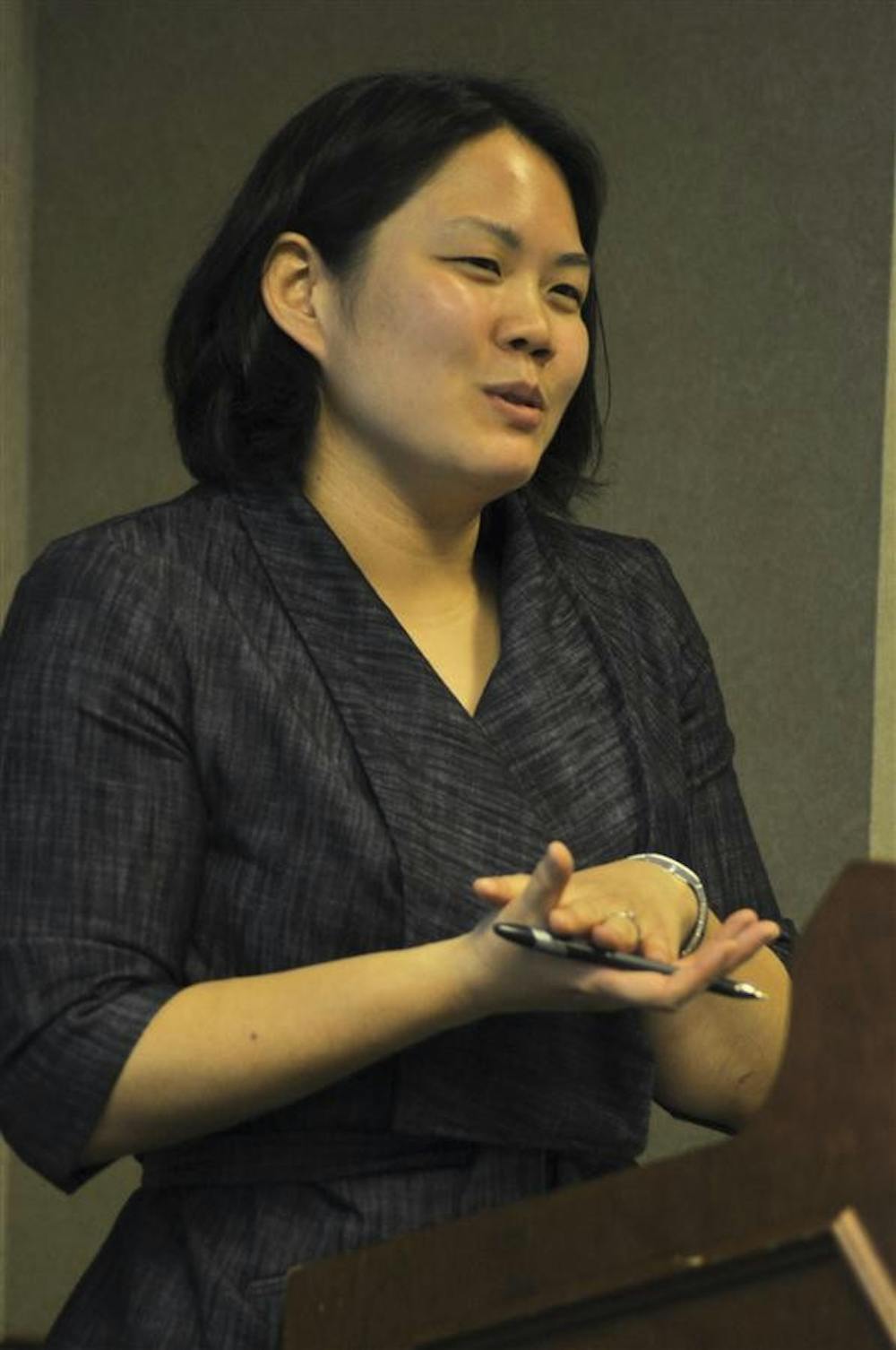Food in the Caribbean is viewed as more than a source of nutrition, and has underlying cultural uses, including in rituals. But that use throughout history is still being debated.
Julie Kim, professor of English at Fordham University, spoke Thursday at the Indiana Memorial Union in a lecture called “Tactics of Taste: Food, Alliance, and Resistance in the Early Caribbean.”
Kim expressed the conflicts among Amerindians, Europeans and Africans in the Caribbean colonial period. Her lecture partially stemmed from Richard Ligon’s work, “A True & Exact History of the Island of Barbados,” which explains the regimes of the slaves, planters and other aspects of historic colonial life.
Kim said different groups of people had varied ideas and descriptions of foods. She said she used a rubric to connect food to colonialism and that food often provided information about the relationships between slaves and slave owners.
“Food has an effect on other people and other objects,” Kim said.
She elaborated on the planters’ dietary regimen in the Caribbean, which also served as a form of disciplinary strategies for slaves.
Kim told a story about a slave who was forced to roast his ear and eat it as a form of physical punishment.
“This pinpoints the true violation is with consumption,” Kim said.
Kim said in the Caribbean there were also close connections between technology, taste and psychological aspects of life.
“There was a symbiotic relationship between cooked meat and natural history,” she said.
There were also various foods, Kim said, which served as symbols for different things. The pineapple’s popularity, for example, spread quickly and was a symbol of wealth. Other foods, such as chocolate, were used in different rituals.
There were different plants that the slaves frequently ate. The Cassava plant, a starch, contained potentially fatal acid but was a plant that everybody could eat because it was readily available. Slaves had no other choice but to squeeze out the acid and eat it.
Kim also spoke about the transportation of foods from country to country. She added that slaves at the time were responsible for plantation regimes, and often plants served as a place for solace.
Professor of Anthropology Richard Wilk attended the lecture and said he considers himself a Caribbean food historian and finds cuisine interesting to discuss.
“I’m interested in differences in Barbados and other parts of the Caribbean,” Wilk said.
Food illustrates Caribbean rituals

Get stories like this in your inbox
Subscribe





